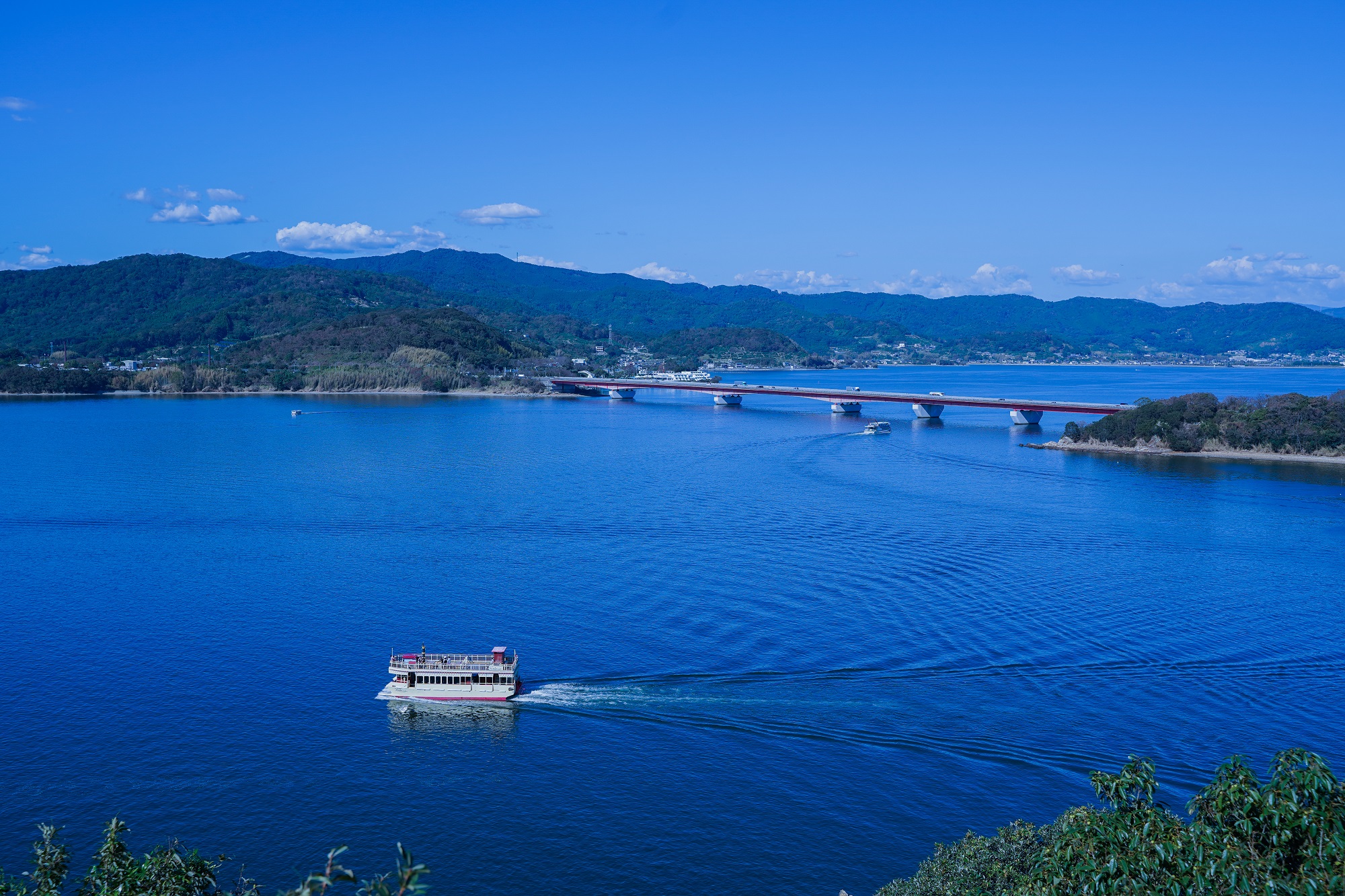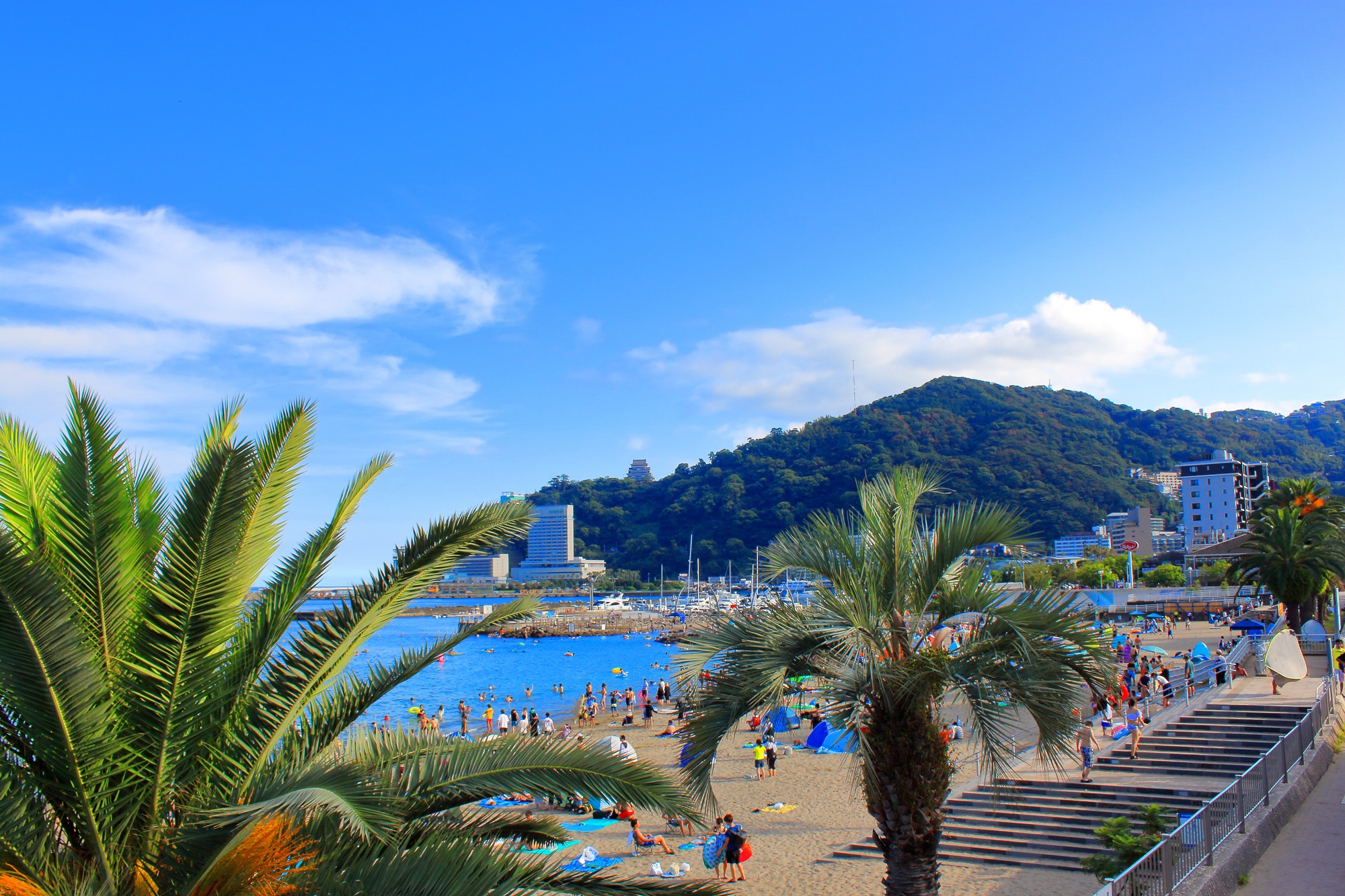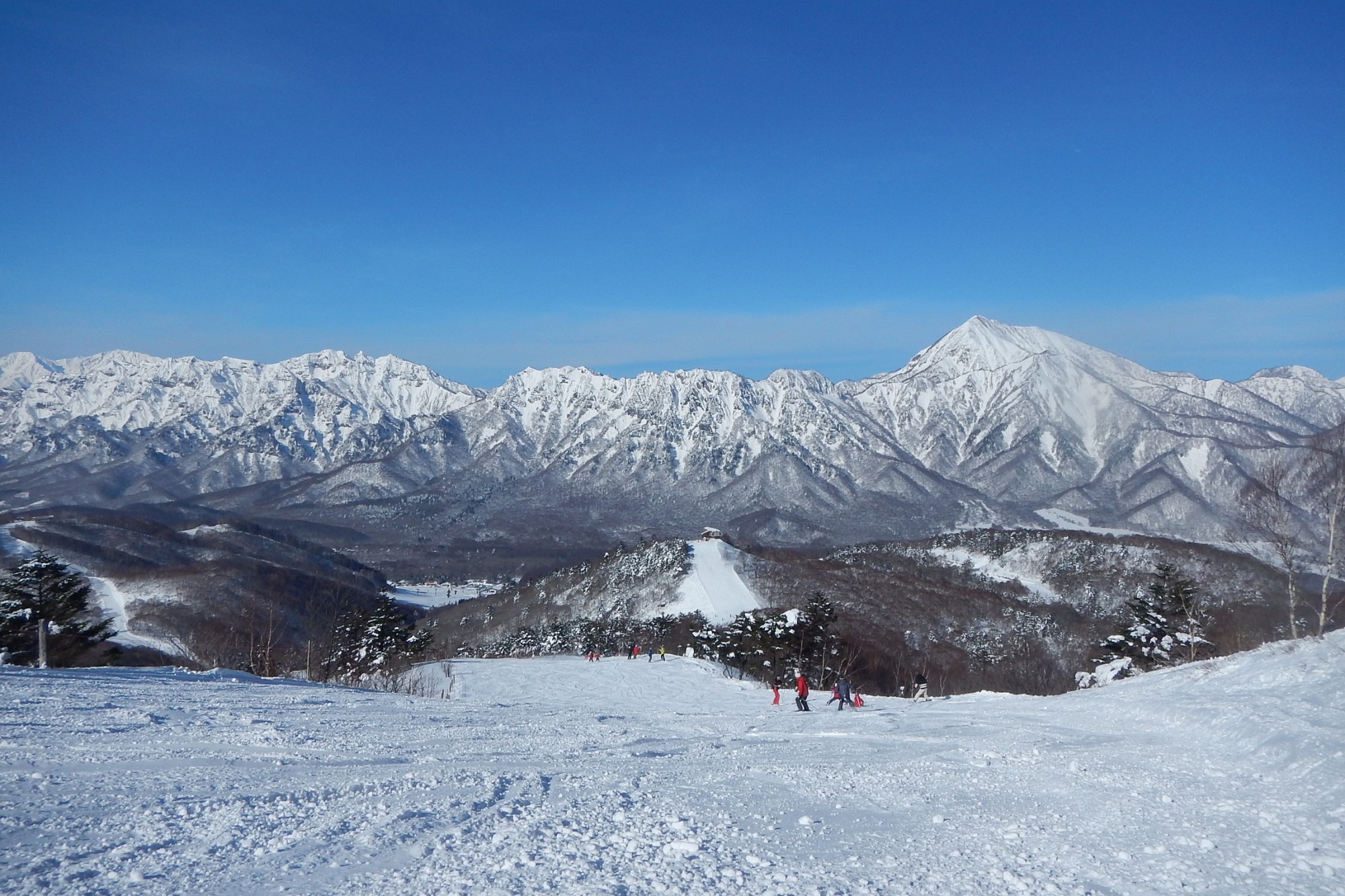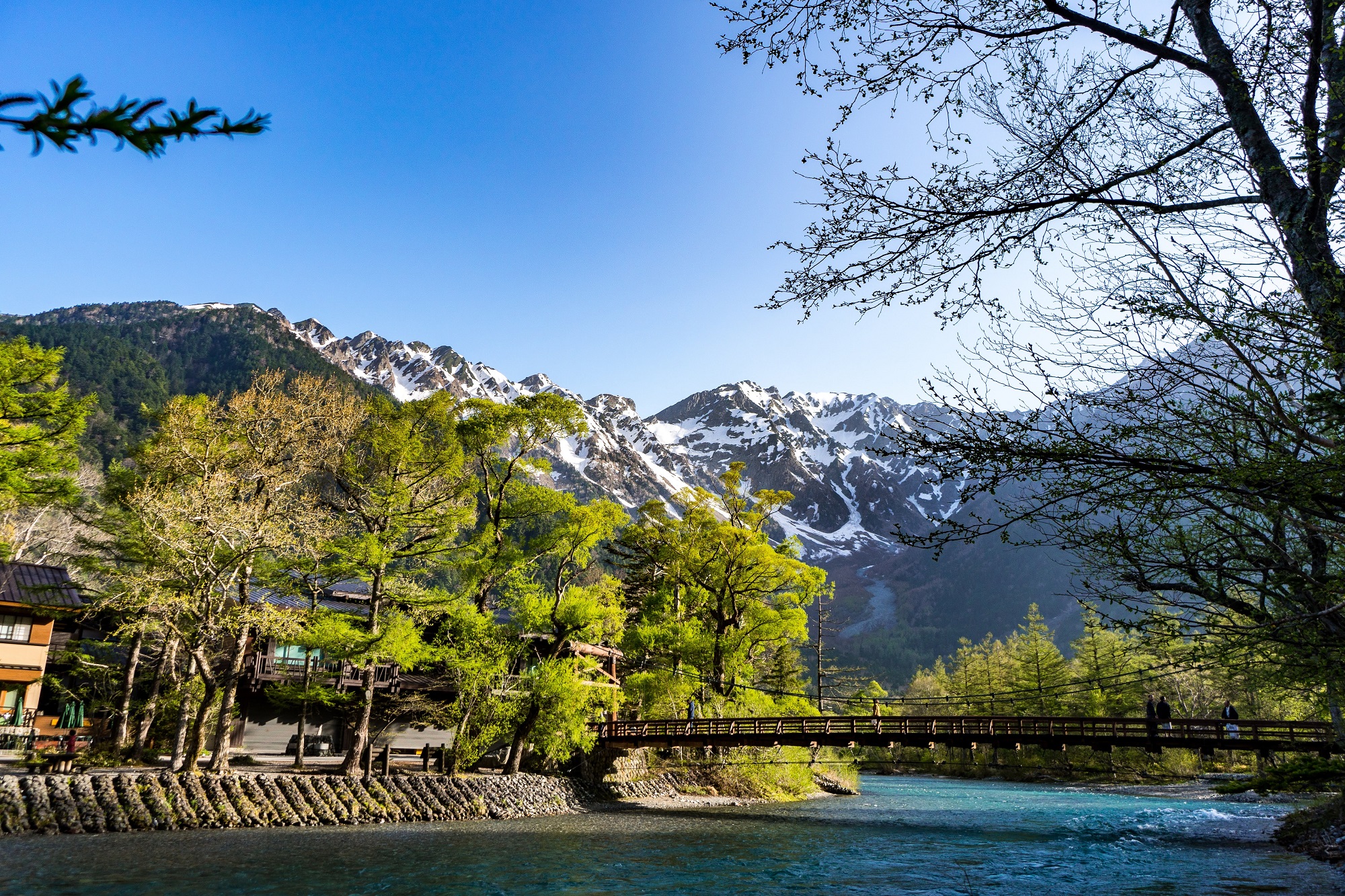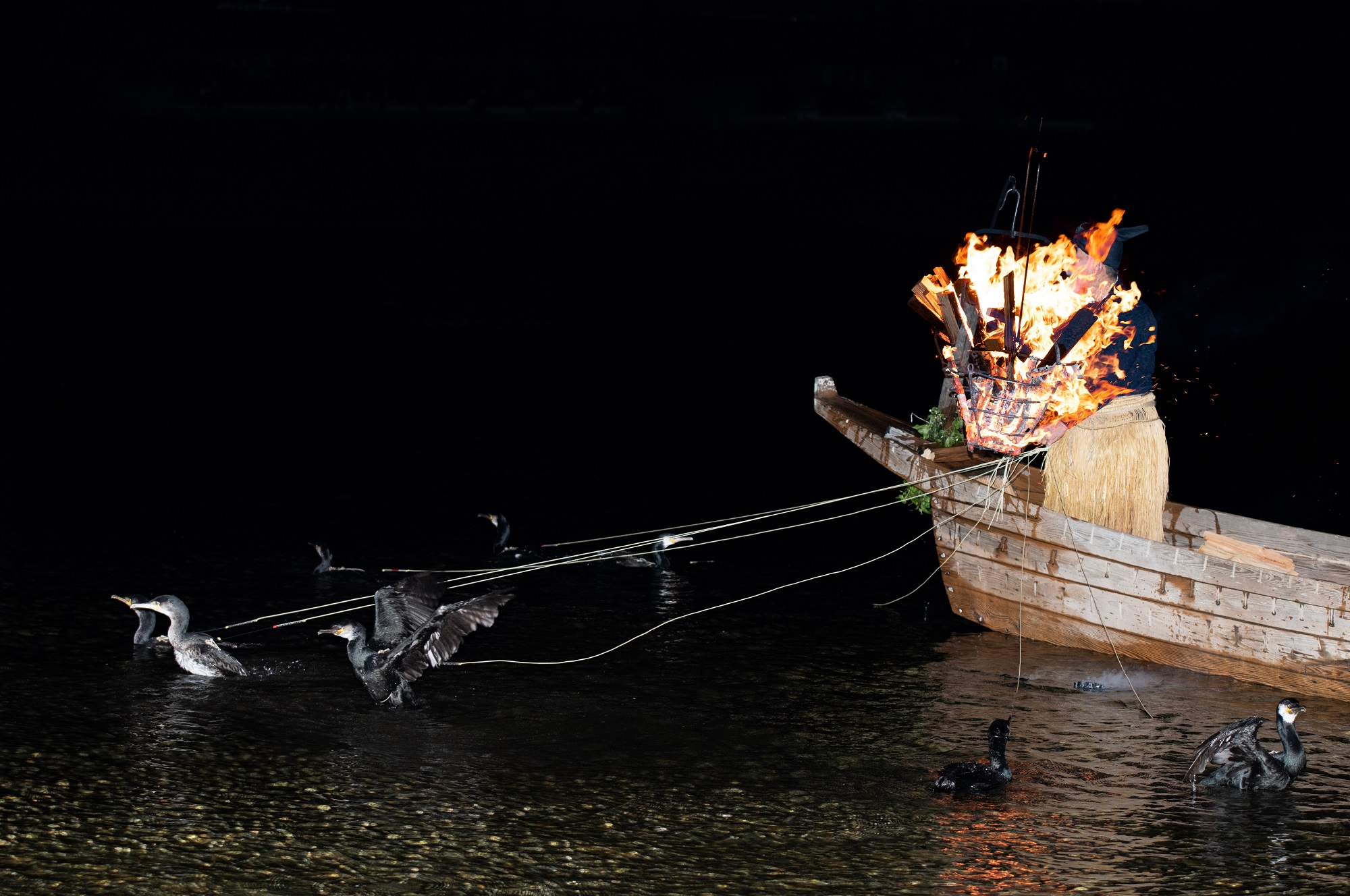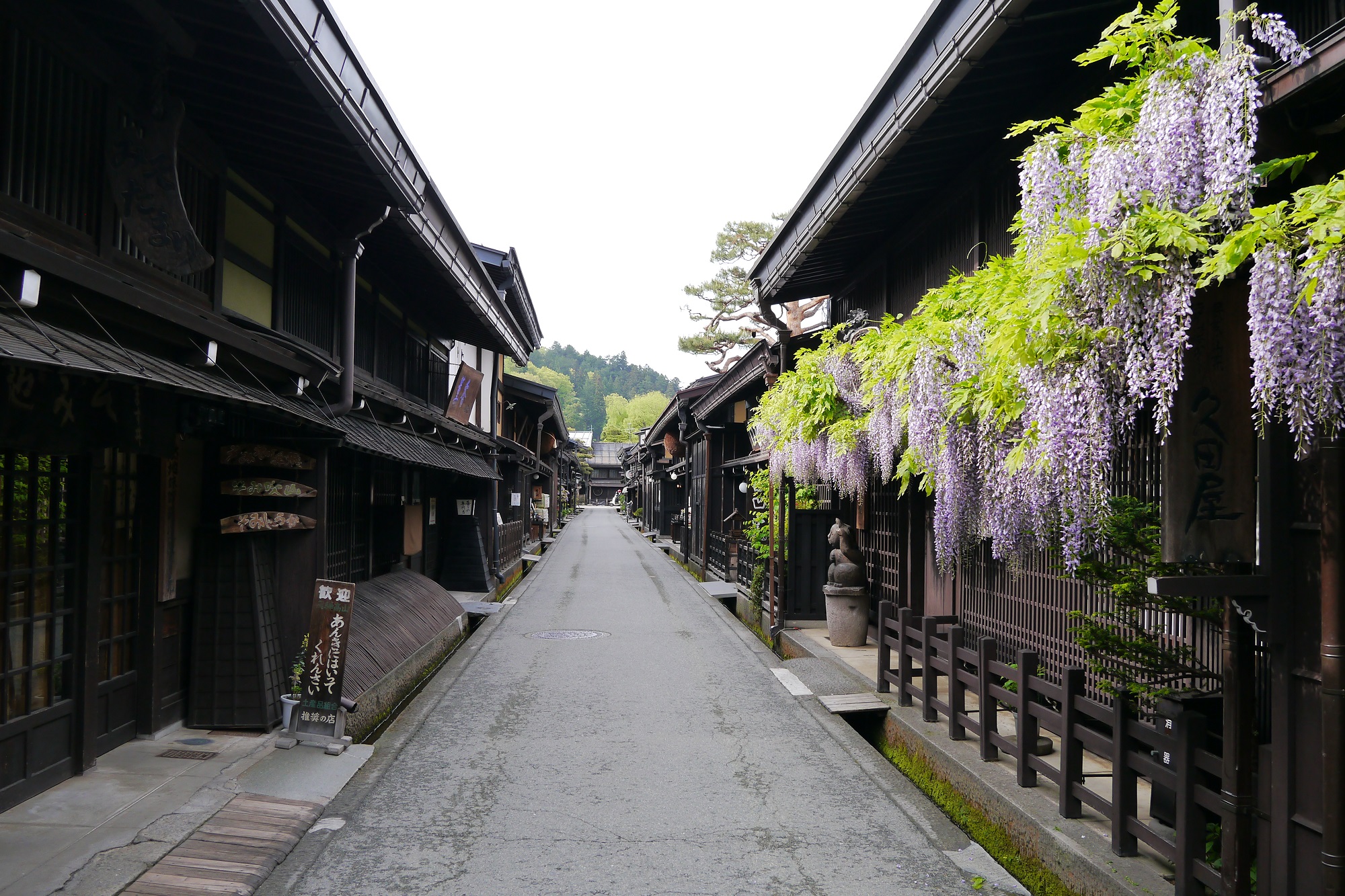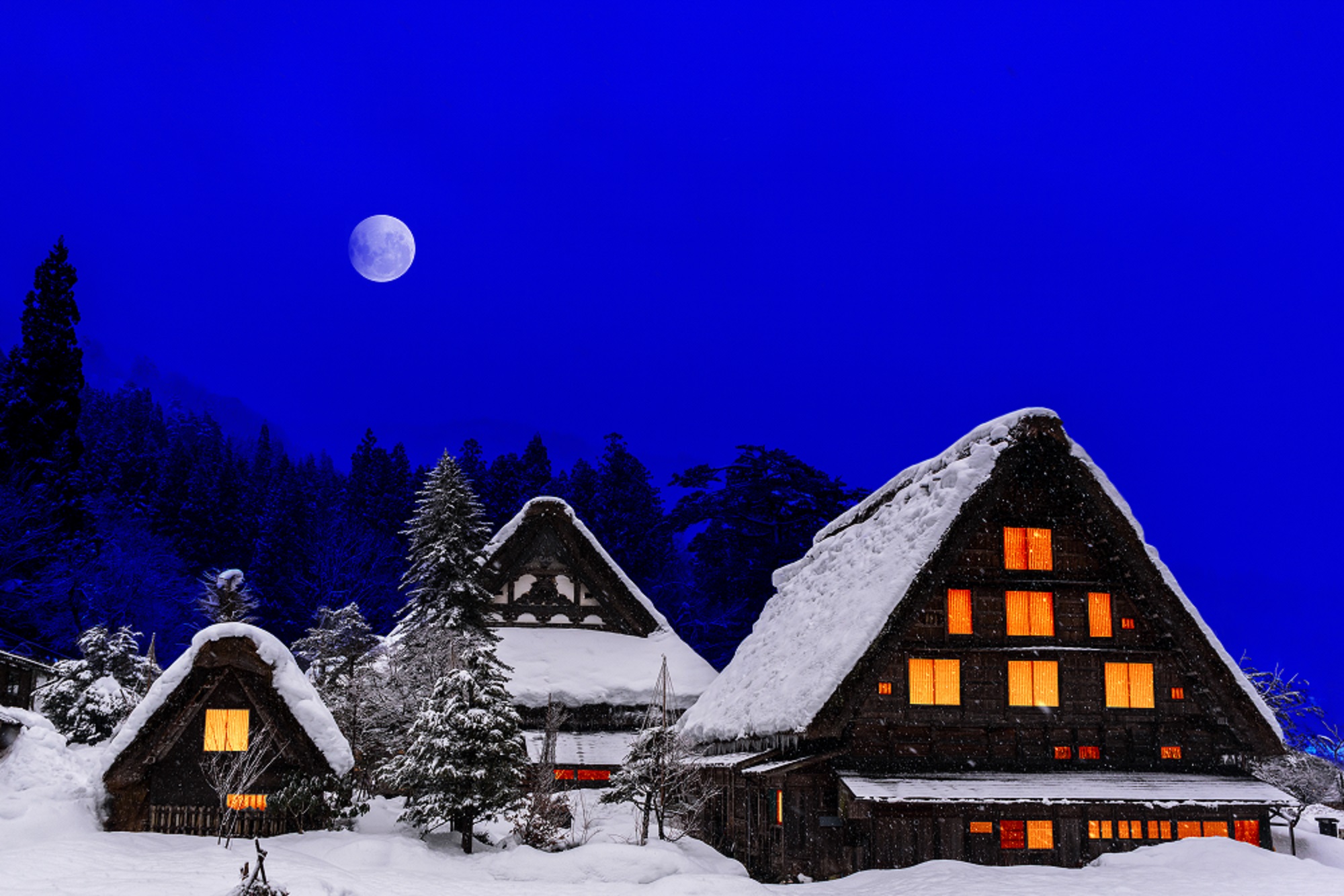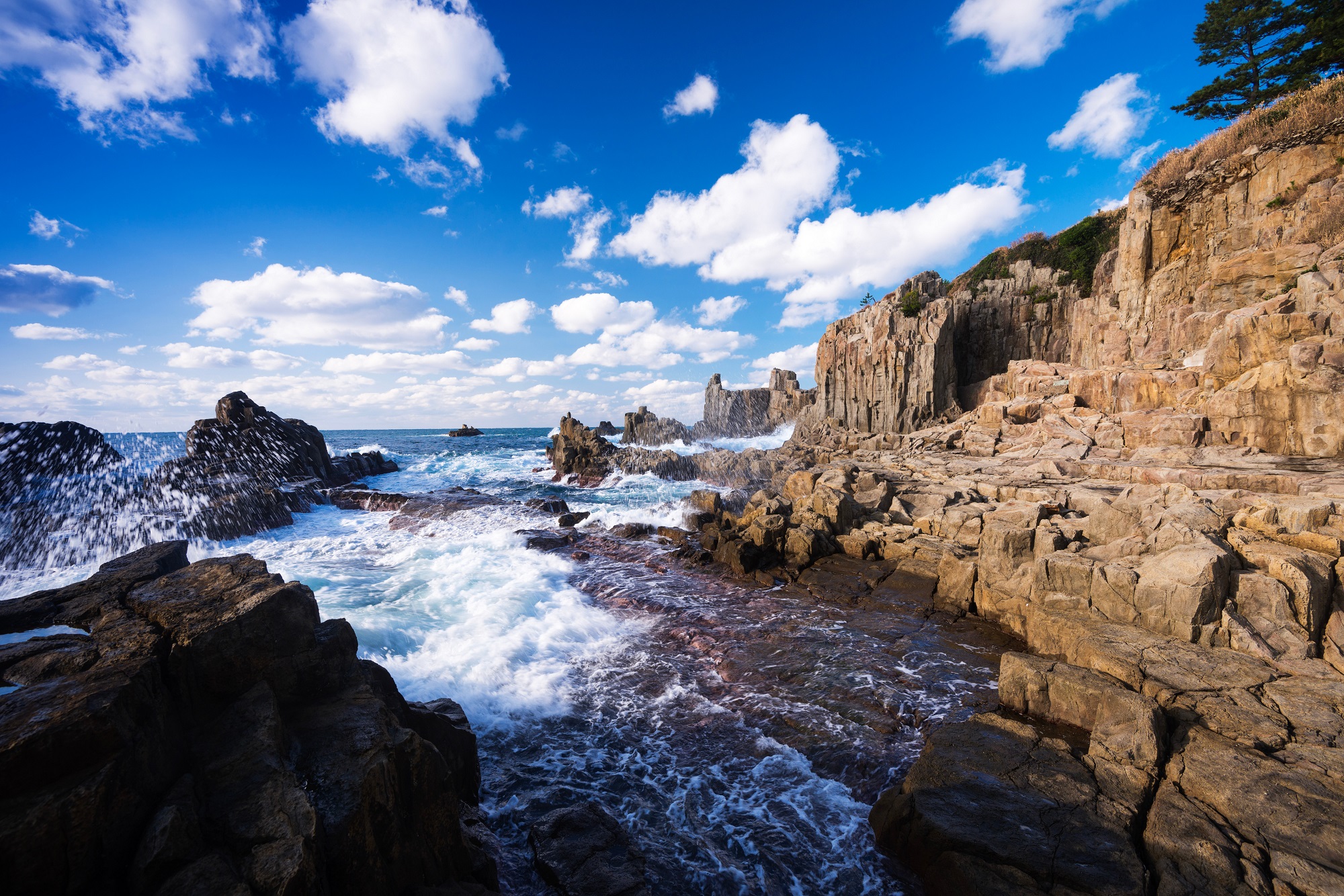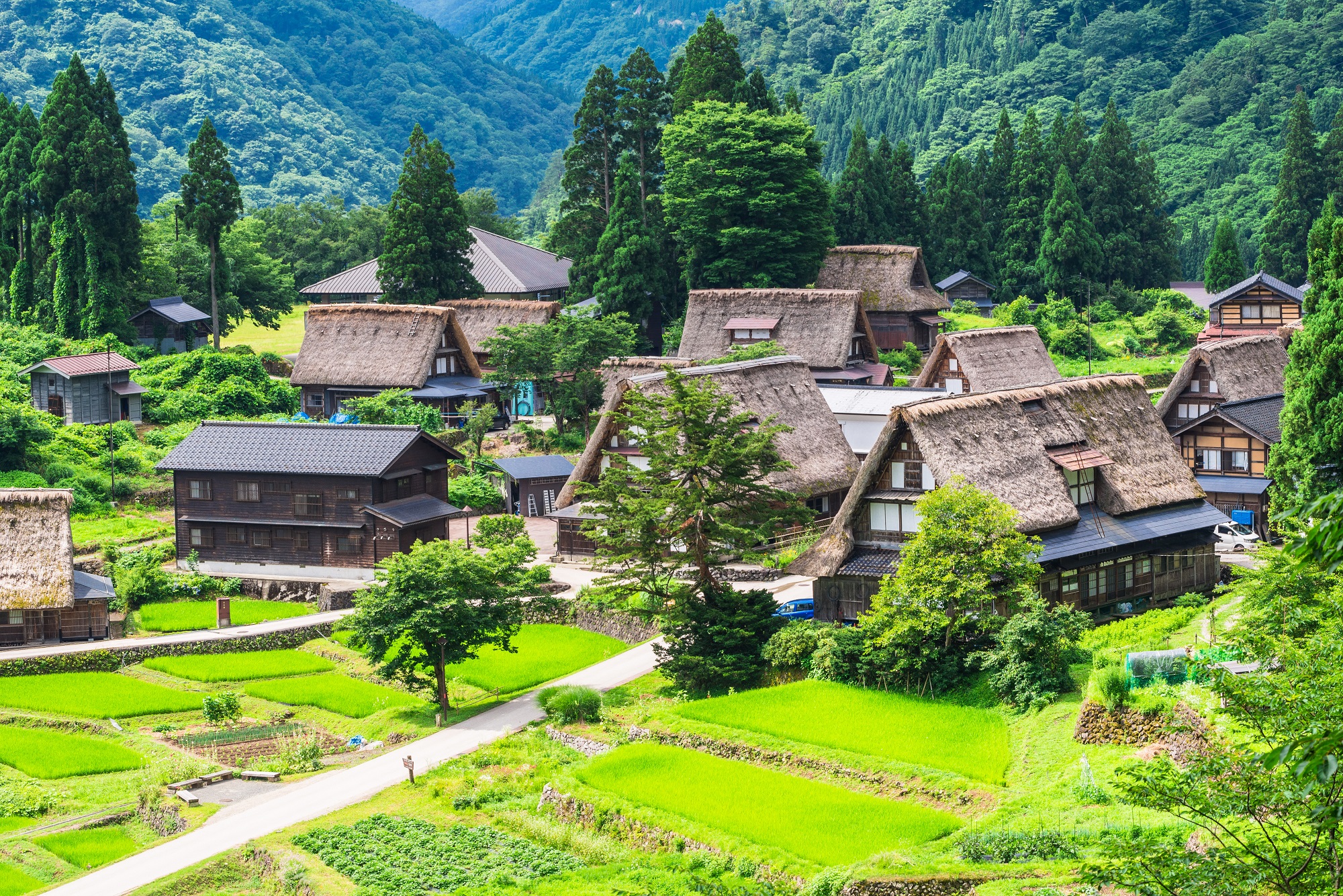Onsen/温泉
What is Onsen?
In Japan, the Onsen Law defines a hot spring as having a temperature of at least 25 degrees Celsius or containing the minimum specified amount of one of 19 substances (sulfur, iron, etc.), excluding gaseous substances. Hot springs have a long history and were mentioned in Kojiki (Records of Ancient Matters, 712) and Nihonshoki (The Chronicles of Japan, 720), which are considered the oldest books in Japan. Onsen are considered sacred because they contain a variety of components that cure illnesses and improve physical condition.

Onsen water is classified into 10 types according to its dissolved components: simple hot spring, carbon dioxide spring, bicarbonate spring, chloride spring, iodine spring, sulfate spring, iron-containing spring, sulfur spring, acidic spring, and radioactive spring. Sulfur springs, for example, which are relatively common in Japan, are those which contain 2 mg or more of total sulfur in 1 kg of hot spring water and are said to be effective for skin diseases such as atopic dermatitis and chronic eczema. A spring is called a therapeutic springs or recuperation spring if it "can be used especially for the purpose of treatment." Some springs are effective for treating certain symptoms, while others are contraindicated for symptoms or illnesses and should be avoided. According to the Onsen Law, "Persons who provide hot springs for public bathing or drinking must post notices in conspicuous places within their facilities regarding the composition of the hot springs, contraindications, and precautions for bathing or drinking, as specified by an ordinance of the Ministry of the Environment." Such notices are posted near the entrance of bathrooms and other locations.
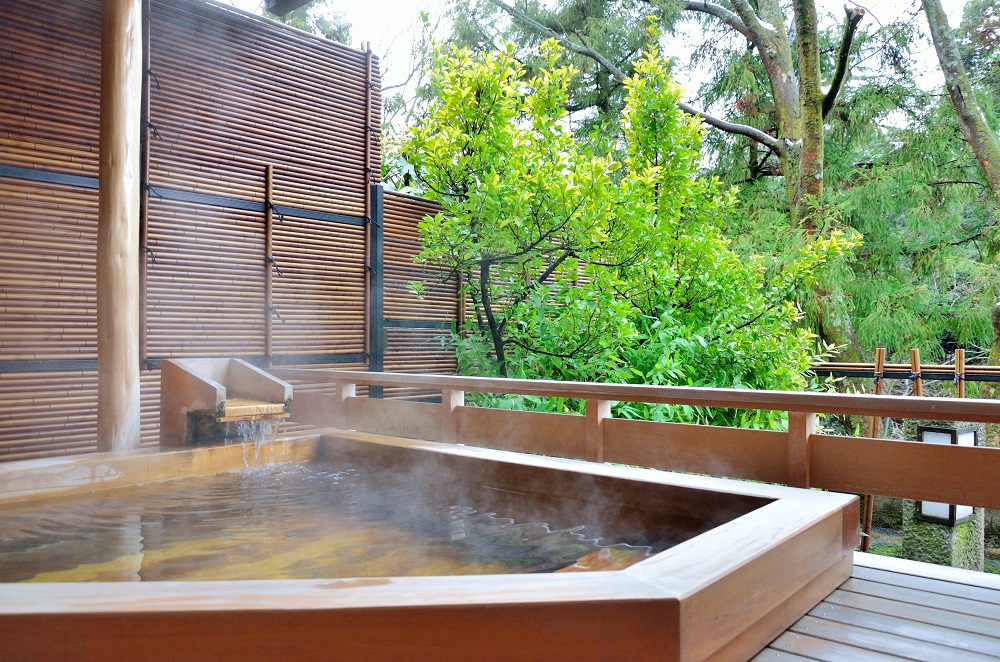
Rules for the Enjoyment of Hot Springs
Onsen are located throughout Japan and are very popular among foreigners as one of the cultural experiences to be had while here. Unfortunately, there are those who may feel uneasy, not knowing how to take a bath properly or being uncomfortable about baring all in the presence of others. However, it is also true that many people who are apprehensive before trying onsen plan to indulge again after they have experienced them. In recent years, there has been an increase in the number of accommodations with private open-air baths in guest rooms, hotels that offer private baths for families, and facilities where visitors can enjoy various indoor and outdoor hot springs while wearing swimsuits. Some hot springs have footbaths where you can put only your feet in the hot water, so be sure to give at least those a try.
Guidelines for relaxing in hot springs:
(1) Hydrate before and after bathing. Bathing deprives the body of moisture.
(2) Do not bathe after drinking alcohol. Falls and dehydration can result.
(3) When bathing, please remove all clothing including your underwear or swimsuit.
(4) Pour water on yourself 3-5 times before entering the bath. This prevents a sudden debilitating rise in blood pressure.
(5) Wash your body completely before getting into the bathtub.
(6) Do not jump into the bathtub.
(7) Do not wash yourself in the bathtub.
(8) Do not put towels in the bathtub. This helps keep the water clean.
(9) Do not swim in the bathtub.
(10) Do not wash clothes or underwear in the bathtub.
(11) Please wipe your body of excess water before returning to the changing room.
(12) Please observe etiquette to enjoy the hot springs.
Source: Japan Spa Association Bathing Manners
There are also other rules and regulations that apply to specific hot spring facilities and hotels, so check before you bathe.
Please be aware that people in Japan often have a negative impression of tattoos, as the country used to punish criminals for tattooing. Therefore, even today, some people may be refused entry to onsen if they have tattoos. Please check the rules of the hot spring facility or hotel you wish to use in advance.

Main Onsen in the Chubu Region
Aichi
Aichi Prefecture does not have volcanic hot springs, but it does have onsen with beautiful coastlines and spectacular views of valleys.
There are many popular hot spring areas, including Kira Onsen Resort, which overlooks Mikawa Bay and boasts a beautiful view of Kira Waikiki Beach stretching out before you; Nishiura Hot Spring, located at the tip of the Nishiura Peninsula and surrounded by the sea; Minamichita Onsenkyo, a catch-all name for hot springs on the southwest coast of the Chita Peninsula, which offers superb views of Ise Bay; and Yutani Onsen, where you can enjoy the rich nature of Horaikyo gorge from an outdoor hot spring.

Shizuoka
Shizuoka has many renowned historical attractions, as well as superb views of Mt. Fuji and other peaks, and the beautiful natural scenery of white sandy beaches contrasting with the blue-green sea. It is not an exaggeration to call this place a hot spring paradise with its variety of famous onsen.
Atami Onsen, one of three major hot springs in Japan, opened in the 700s and is said to have been visited by Shogun Tokugawa Ieyasu. Ito Onsen, another of the three, is where many cultural figures and artists have stayed. Doi Onsen is where you can watch a beautiful sunset over Suruga Bay while relaxing in the hot water. There is no end to the number of recommended hot spring resorts, such as Kanzanji Onsen, which offers a wonderful view of Lake Hamana and is a convenient base for sightseeing with the variety of leisure spots in the neighborhood.
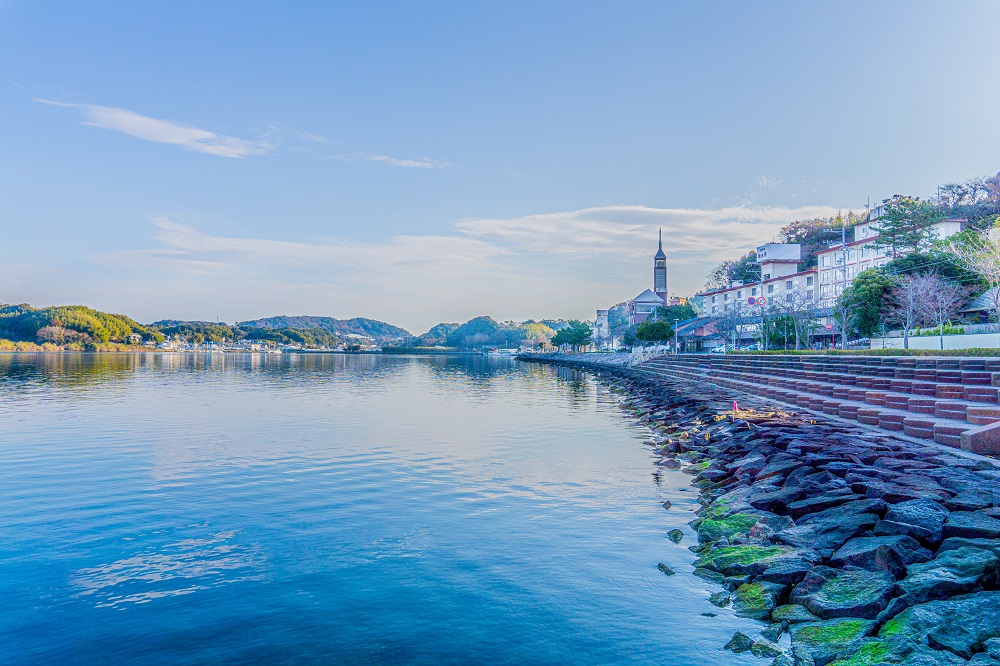
Nagano
Nagano Prefecture is surrounded by 3,000-meter-high mountains, and with rivers flowing between the mountains it is rich in nature. Its unique inland climate makes for large differences in temperature. Located about 10 minutes by car from Matsumoto Castle, which is a National Treasure, Asama Onsen is known for being used as a bathhouse by the lord of Matsumoto Castle in the olden days. In recent years, many cultural icons have stayed there. Shirahone Onsen has a magnificent panoramic view of the mountains and valleys of the Northern Alps, and its clear water becomes cloudy when exposed to the air. Nozawa Onsen is an old onsen town with an evocative atmosphere and is one of the hot spring resorts in Yudanaka Shibu onsen area. Jigokudani Onsen is home to the Jigokudani Monkey Park, famous for the monkeys that bathe in the hot springs.
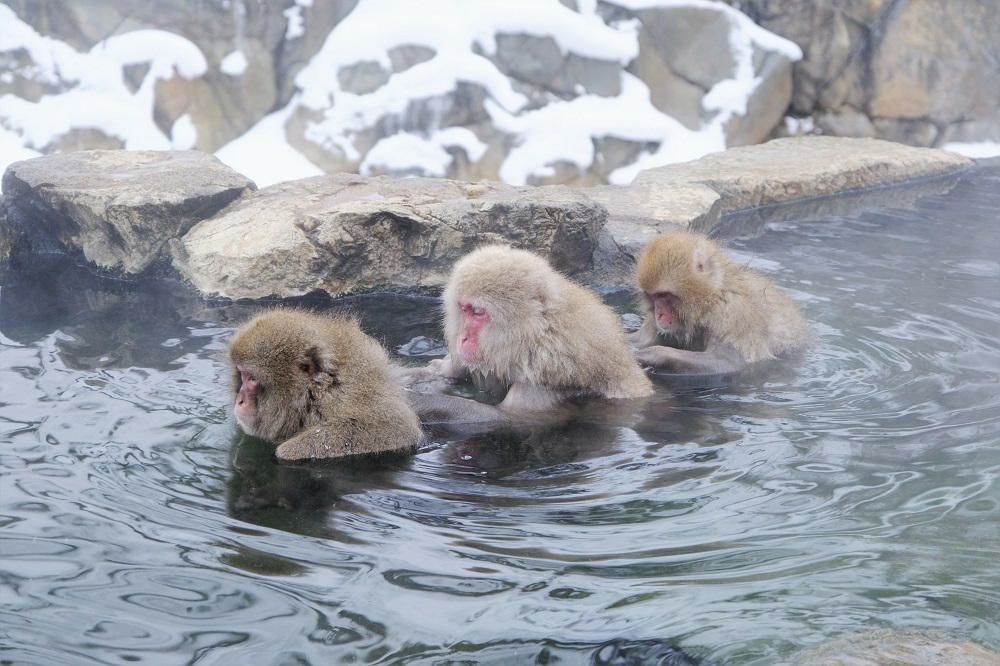
Gifu
Gifu Prefecture has many attractions such as old townscapes, traditional culture, and World Heritage sites. Gero Onsen is known for its smooth spring water, good for “bathing beauties,” and a stroll through the hot spring resort is enjoyable. Hirayu Onsen, the oldest hot spring in the Okuhida Hot Spring Resort area in Takayama, became famous as a therapeutic hot spring resort when a white monkey bathed in its waters to cure his wound. Nagaragawa Onsen is located at the foot of Mt Kinka and offers views of Gifu Castle and Nagara River, known for its cormorant fishing. Hida Takayama Onsen has a charming old townscape along the mountains of the North Alps.
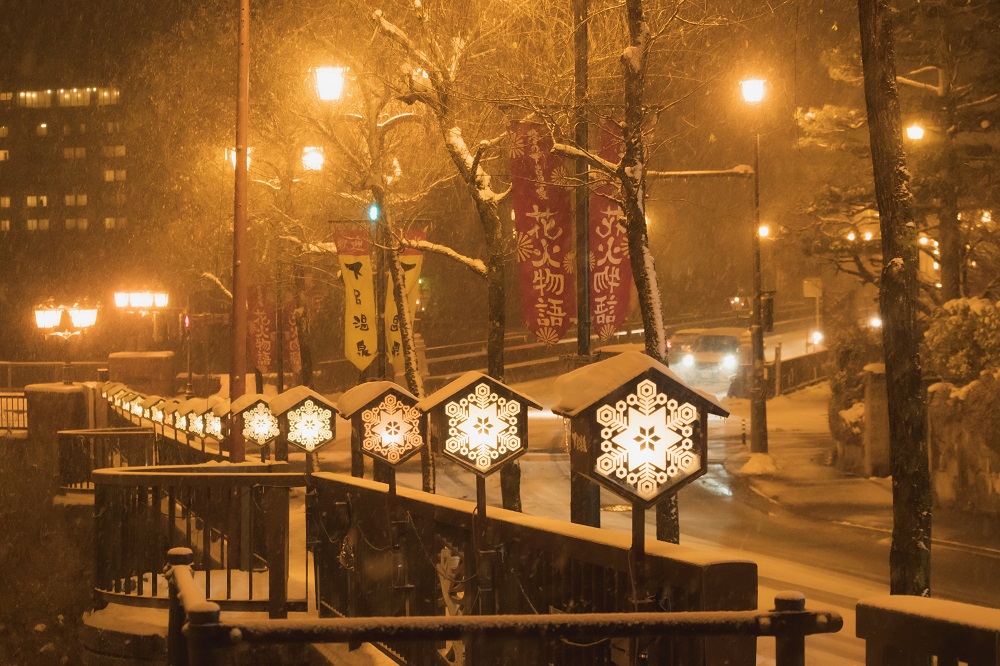
Mie
Mie Prefecture has been a destination for many since ancient times, with attractions including the Ise Grand Shrine and the Kumano Kodo Pilgrimage Trail, and it is also home to a variety of luxurious hot springs. There are many historical hot spring areas, such as Futami Onsen, which is the base for worshipping at Ise Grand Shrine, offering a spectacular view of Ise Bay, including the “wedded rocks.” Yunomine Onsen is where people purified themselves before visiting Kumano in ancient times. Iga Onsen, which flourished as a transportation hub for worshippers visiting Ise Jingu Shrine, is also known as the home of ninja. Yunoyama Onsen, where people can enjoy beautiful views of Mount Gozaisho, has operated their hot springs since the 700s.
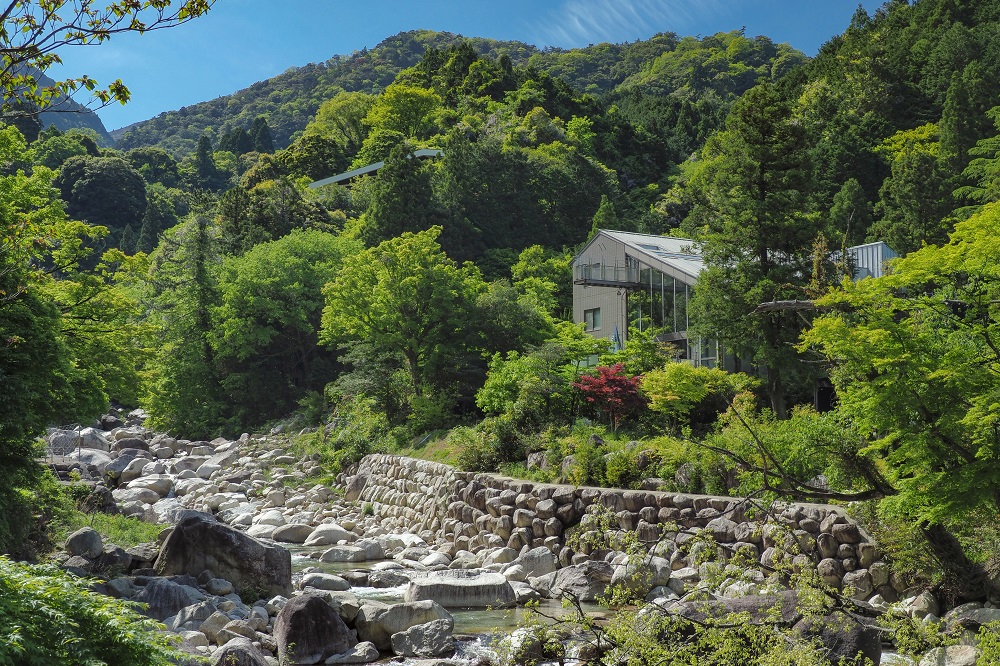
Shiga
Shiga Prefecture, which has prospered as a major transportation hub, is home to many historical attractions, including Lake Biwa, the largest lake in Japan, and National Treasure Hikone Castle. Ogoto Onsen prospered as the gate town of Enryakuji Temple on Mt. Hieizan. Sugatani Onsen, where Oda Nobunaga's sister, Oichi no Kata, is said to have visited for a hot-spring cure, is located on the site of Nagahama Castle built by Toyotomi Hideyoshi. There are many hot spring resorts with a deep connection to history, including Nagahama Taikoh Onsen, which is said to be a hot spring for children.

Fukui
Fukui is home to many unique hot springs and blessed with scenic natural beauty, such as the rough waves of the Sea of Japan, the powerful cliffs of Tojinbo and the world-important wetlands of the Five Lakes of Mikata. There are many recommended hot spring resorts with beautiful views, such as Awara Onsen, one of the leading hot spring resorts in Hokuriku, called the "back room of Kansai" as it is a convenient base for sightseeing. Mikuni Onsen overlooks the Sea of Japan and is only a 10-minute drive from the famous rock formations at Tojinbo. Takanosu Hot Spring, which faces the Japan Sea, is also rich in natural beauty.
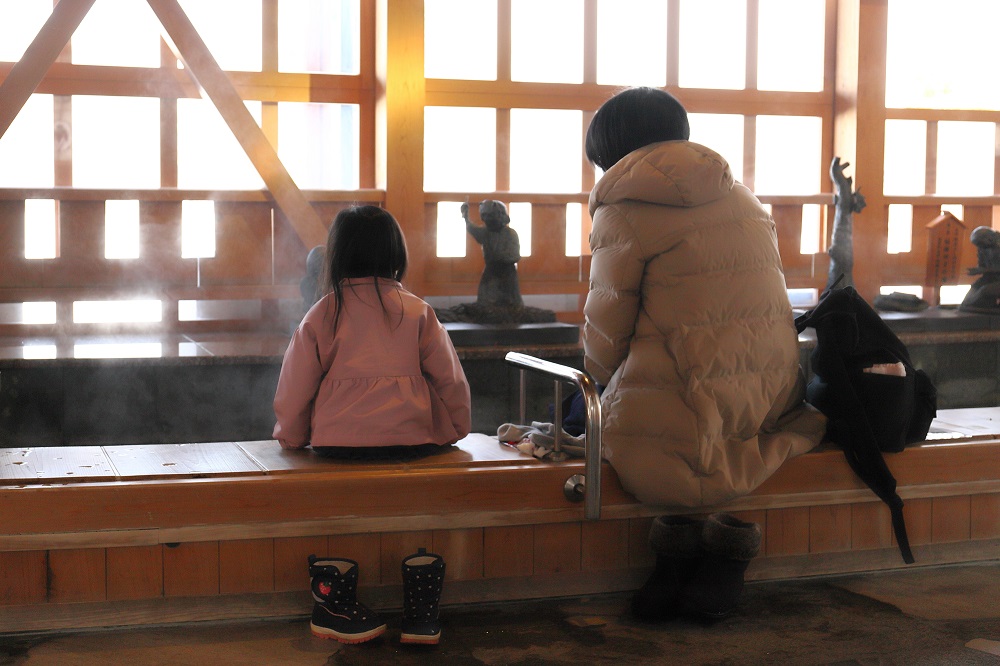
Ishikawa
Ishikawa Prefecture is blessed with magnificent natural surroundings and historical townscapes such as Kenrokuen Garden, one of the three most famous gardens in Japan, the Higashi Chaya entertainment district, and the Shiroyone Senmaida Rice Terraces on a slope facing the Sea of Japan. Wakura Onsen is the largest hot spring resort in Hokuriku and has a long history, believed to have opened in the early 800s. Yamashiro Onsen was loved by many cultural figures, and legend has it it was used by a three-legged crow to heal wounds 1,300 years ago. There are many famous hot springs, such as Yuwaku Onsen, which is called the "back room Kanazawa," said to have been enjoyed by the feudal lord of Kaga as a therapeutic hot spring bath.
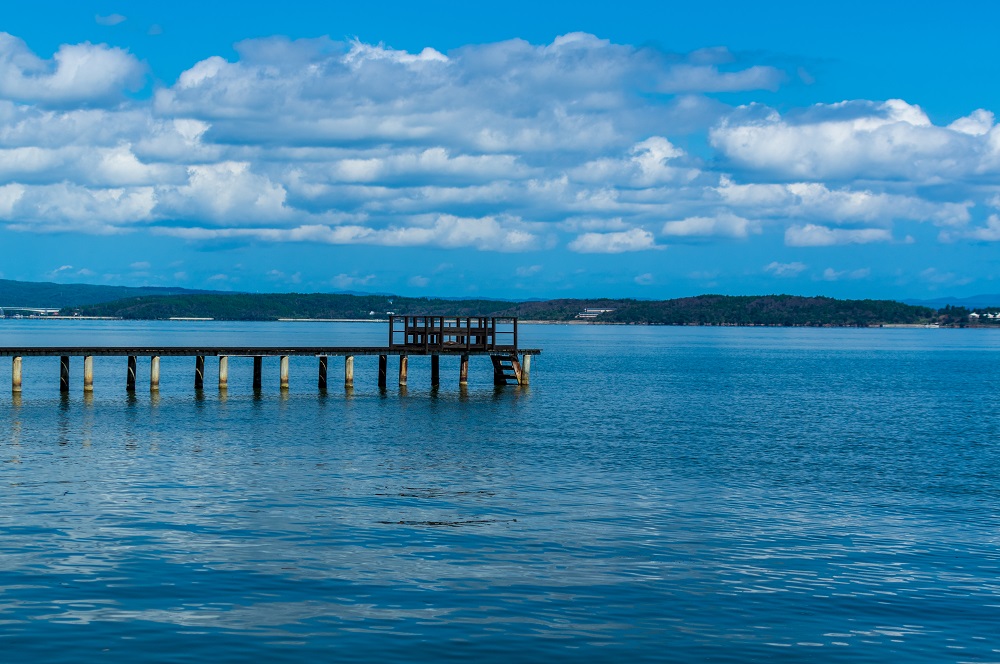
Toyama
Toyama Prefecture is a treasure trove of spectacular scenery, including Kurobe Gorge, the Tateyama Kurobe Alpine Route, and the Gokayama Gassho-Zukuri villages. There are many hot springs worth a visit at least once, including Unazuki Onsen, the base for sightseeing in the Kurobe Gorge which offers spectacular views all year round, Himi Onsenkyo, offering magnificent views of the Tateyama Mountain Range and beautiful sunrises, and Mikurigaike Onsen, which is the highest point in Japan, halfway along the Tateyama-Kurobe Alpine Route.

Destinations
Lake Hamana/浜名湖(Shizuoka)
Lake Hamana is a brackish-water lake that spans the boundaries of Hamamatsu and Kosai cities. With a circumference of 114 km, it is the largest brackish-water lake in Japan. Eels, seaweed, oysters, an....
Atami/熱海(Shizuoka)
Atami is celebrated as one of the finest hot spring resorts in Japan. It is said that not only did Tokugawa Ieyasu visit Atami Onsen for a hot-spring cure, but he also had the restoratively gentle spa....
Togakushi/戸隠(Nagano)
Togakushi is located in the northwestern part of Nagano City and was once visited by many ascetic practitioners as a sacred site. The area is designated as Myoko-Togakushi renzan National Park, where ....
Kamikochi/上高地(Nagano)
Kamikochi is located in the west of Nagano Prefecture, on the border with Gifu Prefecture, at an altitude of about 1,500 meters. Although 1.2 million people visit every year, Kamikochi retains much of....
Cormorant Fishing on the Nagara River/ぎふ長良川の鵜飼(Gifu)
Cormorant fishing is a traditional fishing method practiced mainly in China and Japan, characterized by the use of birds called cormorants to catch sweetfish, etc. Four species of cormorants live in J....
Hida Takayama/飛騨高山(Gifu)
The central area of Takayama City is called "Old Town" and is also known as "Hida's Little Kyoto" due to its well-preserved castle town and merchant town, including restaurants and souvenir stores con....
Shirakawago/白川郷(Gifu)
Renowned for its gassho style and unique buildings perfect for the local climate, Shirakawa-go and Gokayama Gassho style Village were designated as an Important Preservation District for Groups of Tra....
Tojinbo/東尋坊(Fukui)
Tojinbo is the most famous tourist attraction in Fukui Prefecture. The huge, vertical, pillar-shaped rocks cluster along the coastline for about a kilometer, an arresting view. The sight of the rough ....
Gokayama/五箇山(Toyama)
Gokayama is a region of forty small villages nestled in abundant nature in Nanto City, Toyama Prefecture, famous for its houses built in the gassho-style, which represent Japan's wooden culture. In 19....

